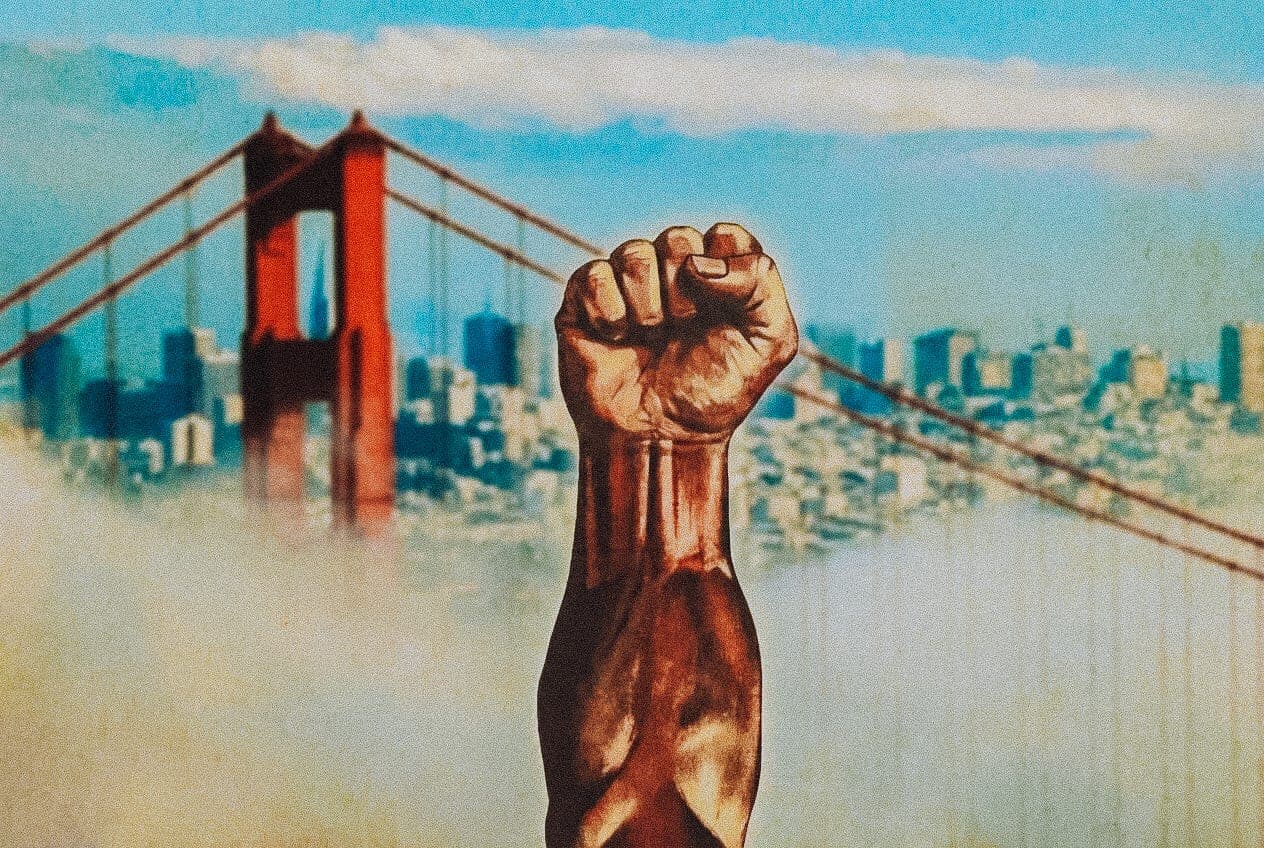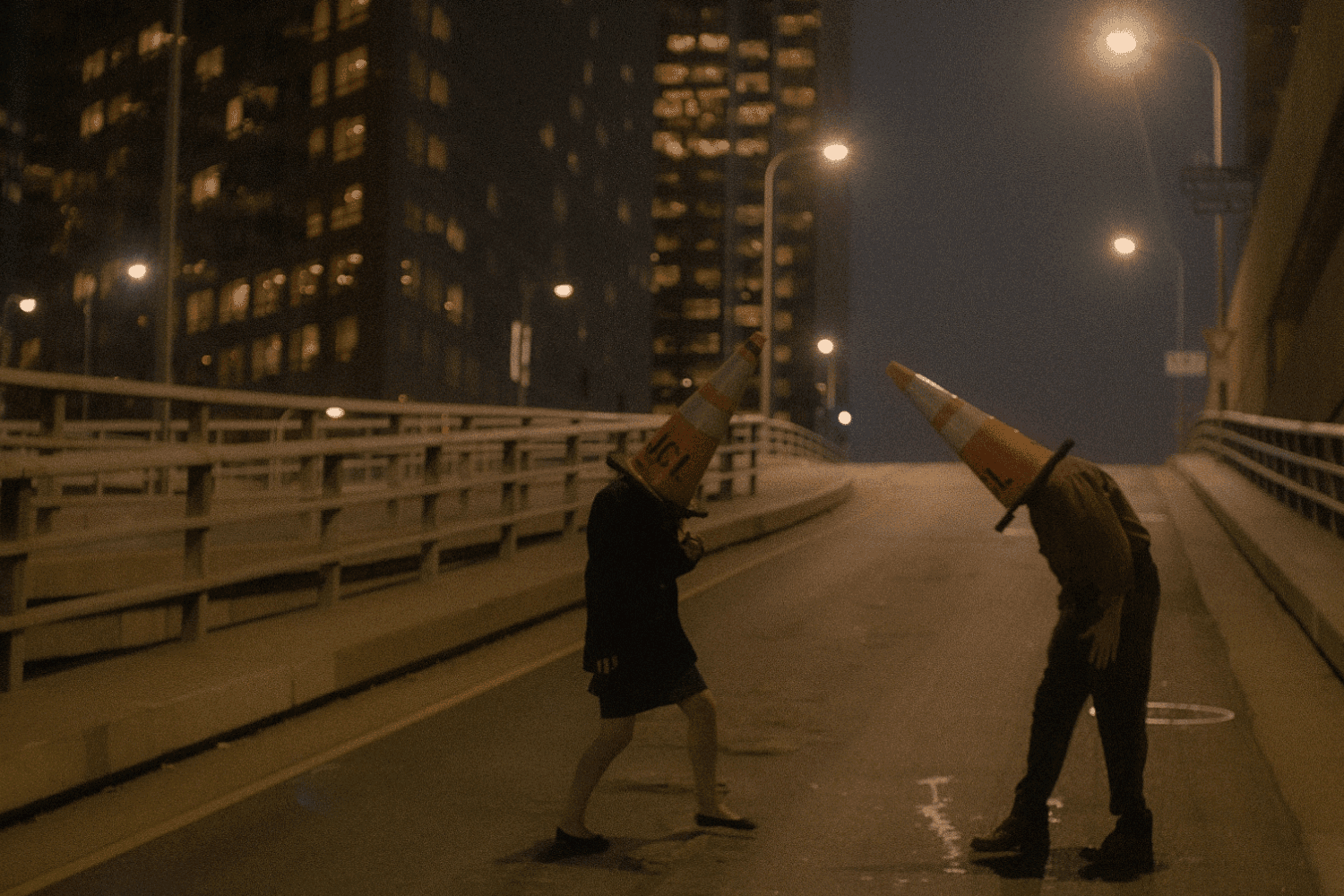
SF Really Wants To Give Black People $5M ChecksDec 20
the city's reparations scheme is dreaming big, delivering nothing, and derailing city funds
Jul 27, 2023

Editor's Note: San Francisco officials are currently permitting an experiment with self-driving cars, an incredible technology in America’s capital of innovation, and a miraculous leap in mobility that should be proudly celebrated. Of course, it’s San Francisco, so instead we’re locked in a destructive, hysterical, activist war for…? It’s never entirely clear, but in this case it does look like labor union power.
As ever, California is just our nation’s prologue. The introduction of working, autonomous vehicles to American streets is about to catalyze a ferocious, partisan war. Sanjana Friedman and Brandon Gorrell break the story down for Pirate Wires.
-Solana